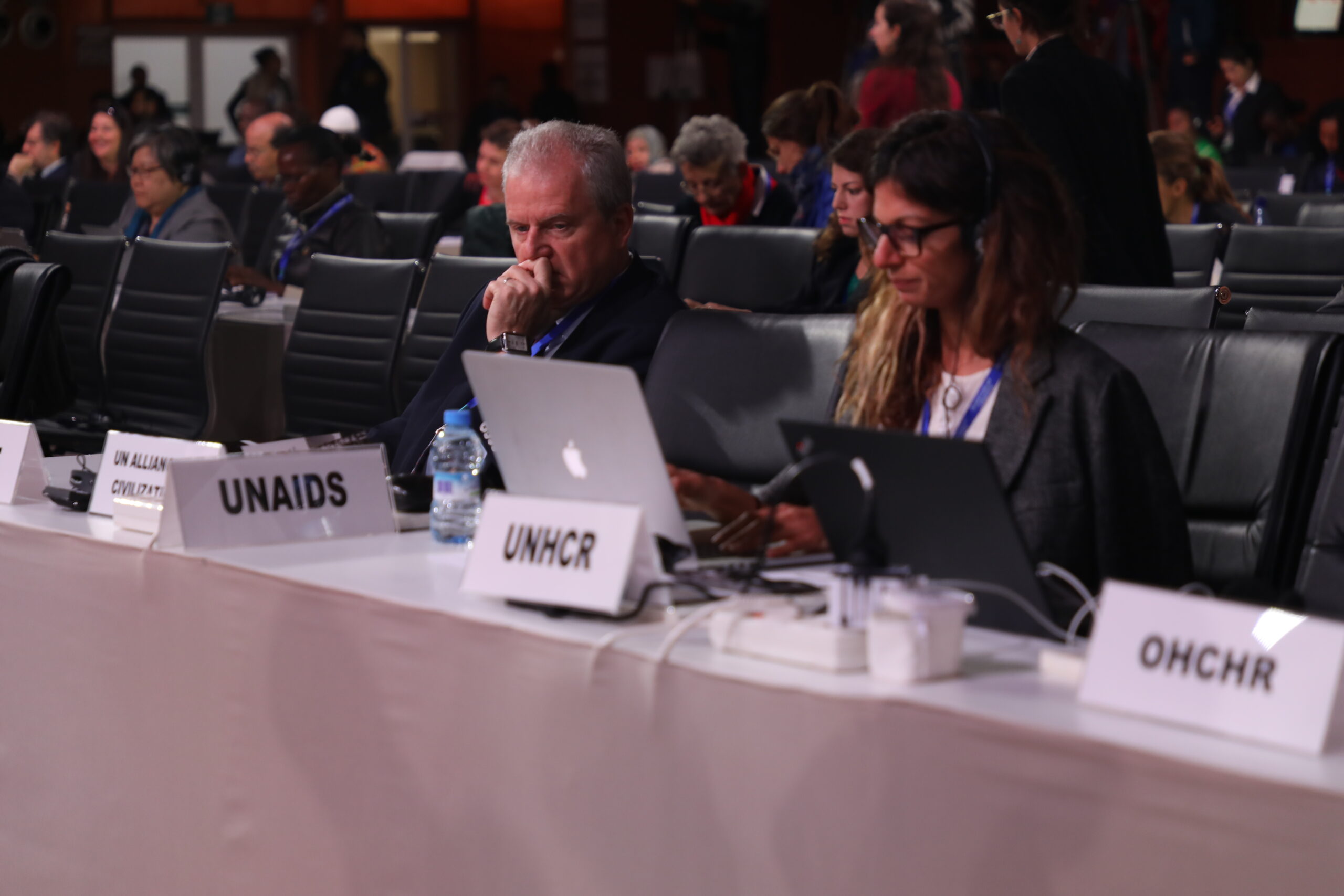
At a glance: The new UN migration pact

Delegates to a U.N. conference have laid out commitments to fight people trafficking and boost economic opportunities in the wake of pledging to cooperate on safe, orderly and humane migration.
Day two of the meeting in Marrakech, Morocco, on Tuesday comes a day after 164 countries adopted by acclamation the Global Compact on Migration

High-level government envoys including German Chancellor Angela Merkel, who attended Monday, have been at pains to dispel what they say is false information circulating about the nonbinding pact — such as claims it would force governments to accept migrants.
Proponents say the accord above all aims to monitor people flows, organize cooperation between states on managing human movements and prevent disorderly migration that threatens many lives.
Here, at a glance, are key points and details:
WHAT IS IT? A non-binding, voluntary agreement that aims to ensure “safe, orderly and regular migration.”
WHY? Because migration is such a huge economic, social, political and health issue, affecting nearly every country. The U.N.’s International Organization for Migration estimates there are 1 billion migrants worldwide, or nearly one in every seven humans.
HOW WILL IT WORK? The pact encourages countries to work together, mentioning the word “cooperation” 62 times, and to fight discrimination against migrants
WHO SUPPORTS IT? German Chancellor Angela Merkel was a key backer.
WHO OPPOSES IT? At least ninecountries. In a detailed critique , the Trump administration said it could not “support a ‘compact’ or process” that could “impose” policy. It also said the agreement failed to “distinguish adequately” between legal and illegal immigrants. Many eastern European countries, and more recently Italy and Belgium, also voiced misgivings.






